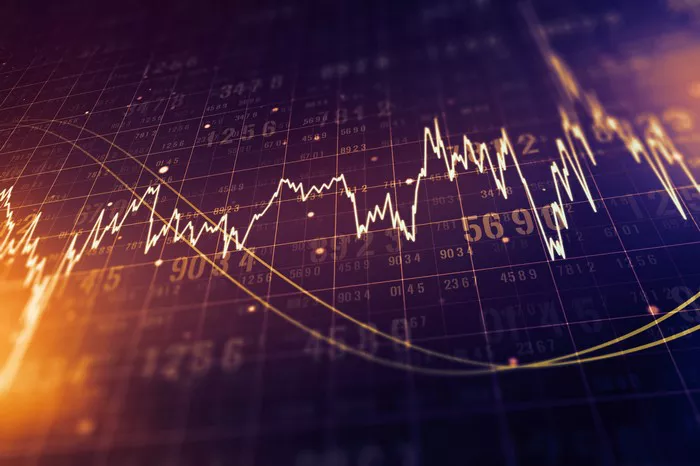In the realm of financial markets, margin trading and futures trading stand out as two prominent methods for investors and traders to leverage their capital and speculate on price movements. While both approaches offer opportunities for potential gains, they differ significantly in their mechanisms, purpose, and risk management strategies. In this comprehensive guide, we delve into the intricacies of margin trading and futures trading, exploring their definitions, borrowing mechanisms, contracts, risk implications, and durations to provide a clear understanding of their distinctions and functionalities.
Definition and Purpose: Unlocking the Fundamentals
Margin Trading:
Margin trading enables investors to buy or sell assets, such as stocks or currencies, by borrowing funds from a broker. The primary purpose of margin trading is to provide investors with greater capital access, allowing them to leverage their positions and potentially amplify their returns. By utilizing borrowed funds, investors can increase their buying power and participate in larger trades than would be possible with their own capital alone.
Futures Trading:
Futures trading involves buying or selling standardized contracts on regulated exchanges, representing agreements to buy or sell assets at predetermined prices on future dates. Unlike margin trading, which involves direct borrowing from a broker, futures trading does not entail borrowing funds. Instead, traders enter into contractual agreements to speculate on future price movements, seeking to profit from fluctuations in asset prices.
Borrowing Mechanism: Unraveling the Borrowing Dynamics
Margin Trading:
In margin trading, investors borrow funds directly from their brokers to finance their trades. To secure the borrowed funds, investors are required to provide collateral, which can consist of cash or other assets held in their margin accounts. The collateral serves as security for the loan, ensuring that the broker can recover funds in the event of default or margin call.
Futures Trading:
In futures trading, there is no direct borrowing involved. Instead, traders enter into contractual agreements to buy or sell assets at specified prices on future dates. Unlike margin trading, where collateral is required to secure borrowed funds, futures contracts do not necessitate collateral. The contracts themselves serve as legally binding agreements between buyers and sellers, with no need for additional collateral.
Contracts and Exchanges: Exploring Market Dynamics
Margin Trading:
Margin trading does not involve specific contracts; instead, trades involve the actual assets being bought or sold. Moreover, margin trading is not limited to specific exchanges and can occur in various markets, including stock markets, forex markets, and cryptocurrency markets. Investors have the flexibility to execute margin trades through their brokers across different trading platforms and venues.
Futures Trading:
Futures trading revolves around standardized futures contracts with fixed terms, including contract size, expiration dates, and settlement mechanisms. These contracts are traded on regulated futures exchanges, such as the Chicago Mercantile Exchange (CME) or the Intercontinental Exchange (ICE), where buyers and sellers can transact in a transparent and regulated environment. Futures contracts are subject to strict regulatory oversight to ensure fair and orderly trading.
Risk and Leverage: Managing Exposure
Margin Trading:
Leverage is a key feature of margin trading, amplifying both potential gains and losses. By borrowing funds from their brokers, investors can increase their exposure to the market, potentially magnifying their returns. However, leverage also increases the risk of significant losses, as investors are trading with borrowed funds that must be repaid, along with any accrued interest or fees. Moreover, margin trading carries the risk of margin calls, where brokers demand additional funds or collateral to cover losses if the value of the collateralized assets drops below a certain threshold.
Futures Trading:
Leverage in futures trading is achieved through the contract size, rather than borrowing funds. Standardized futures contracts represent a fixed amount of the underlying asset, allowing traders to control larger positions with a smaller initial investment. While leverage can amplify potential gains in futures trading, it also entails standardized risk, as futures contracts have predetermined terms and settlement mechanisms. Unlike margin trading, futures trading does not involve margin calls, as contracts are settled automatically at expiration.
Duration: Navigating Time Dynamics
Margin Trading:
Margin trading is ongoing, as long as positions remain open. Investors can maintain their margin positions indefinitely, provided they meet the required margin maintenance levels and do not trigger margin calls. Margin positions can be closed out at any time by executing offsetting trades to buy back borrowed securities or sell collateralized assets.
Futures Trading:
Futures trading is contract-specific and expires on set dates. Each futures contract has a predetermined expiration date, after which the contract is settled and closed out. Traders must either liquidate their positions before the expiration date or roll over their contracts to subsequent expiration dates to maintain their exposure to the market. Failure to close out or roll over futures positions before expiration can result in physical delivery of the underlying asset or cash settlement, depending on the terms of the contract.
Conclusion
In conclusion, while margin trading and futures trading share common objectives of leveraging capital and speculating on price movements, they differ significantly in their mechanisms, borrowing dynamics, contractual obligations, risk implications, and durations. Margin trading involves borrowing funds from brokers to buy or sell assets, utilizing collateral to secure the borrowed funds, and carrying ongoing positions with potential margin calls. In contrast, futures trading revolves around standardized contracts traded on regulated exchanges, with leverage achieved through contract size rather than borrowing. Futures contracts have fixed terms and expiration dates, with automatic settlement mechanisms and no margin calls. By understanding the distinctions between margin trading and futures trading, investors and traders can make informed decisions and effectively manage their exposure to the financial markets.


